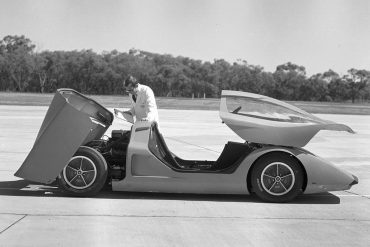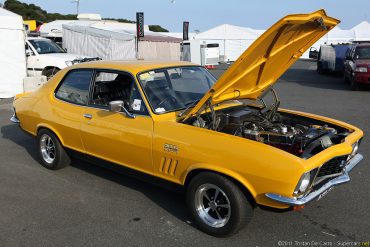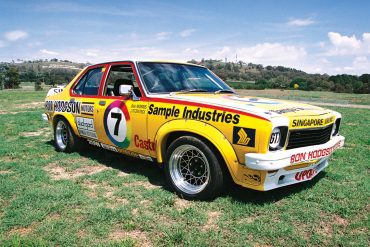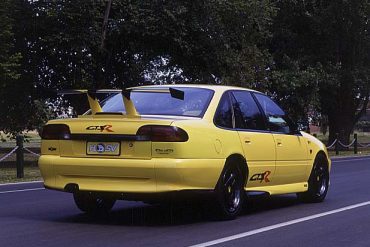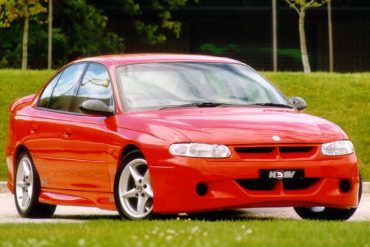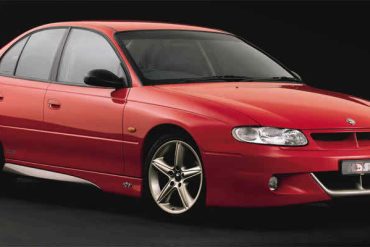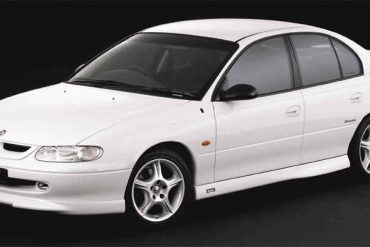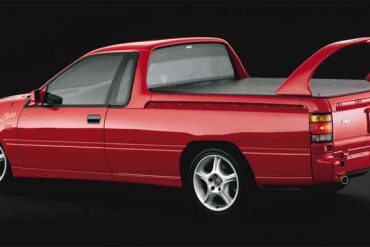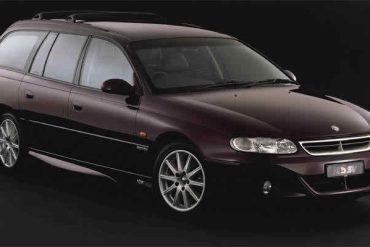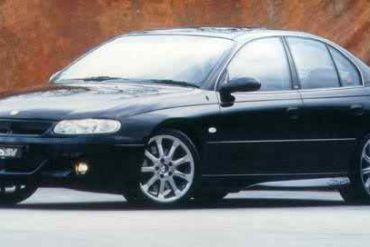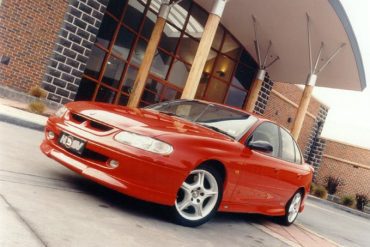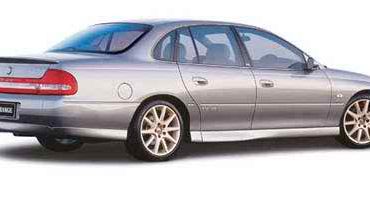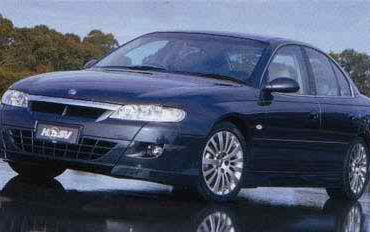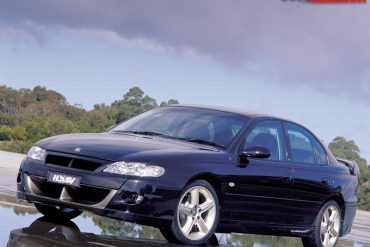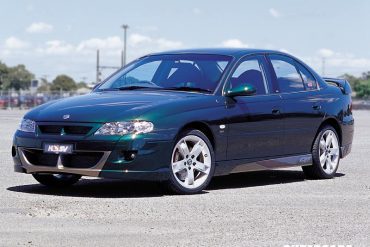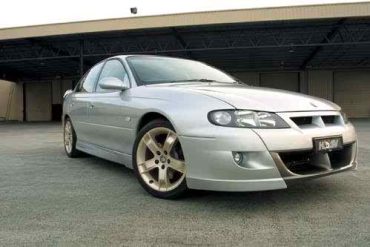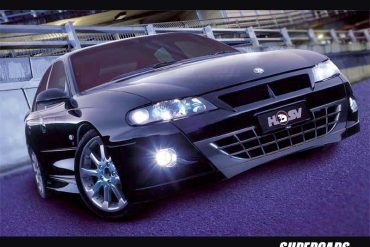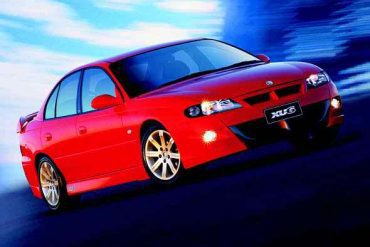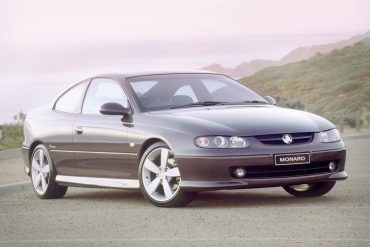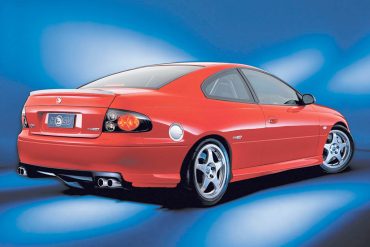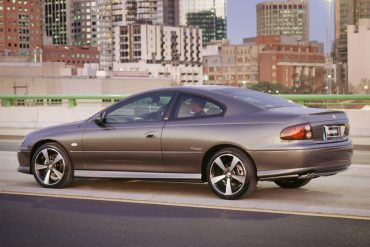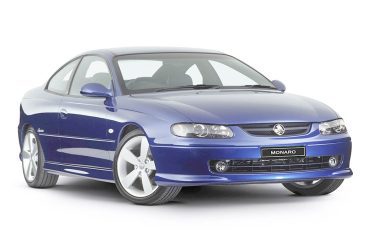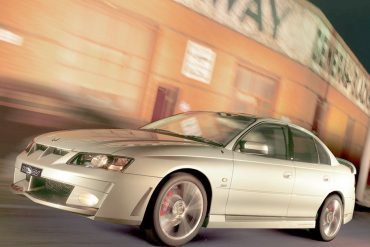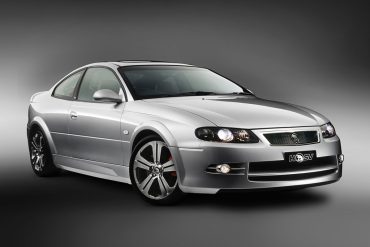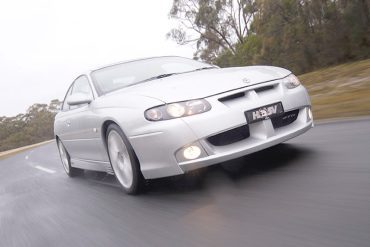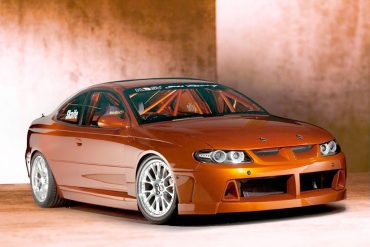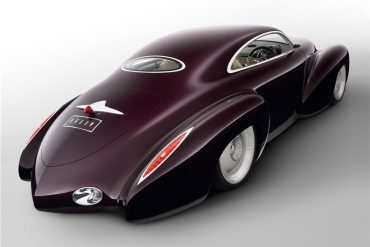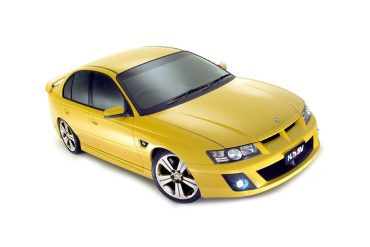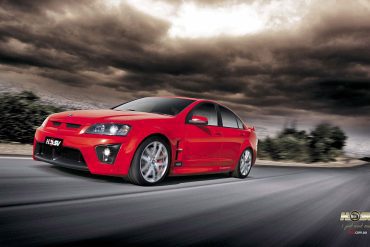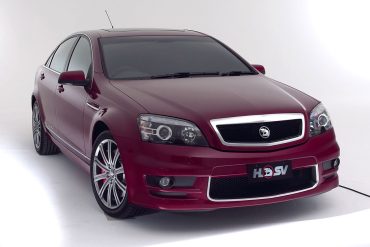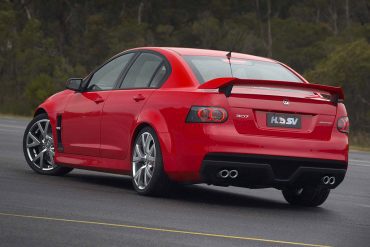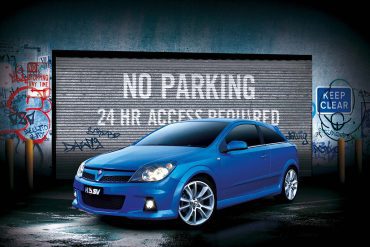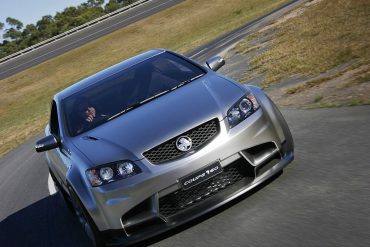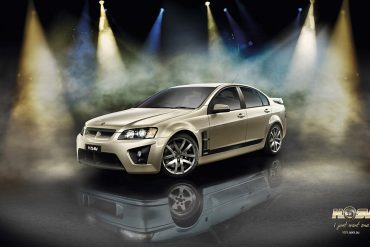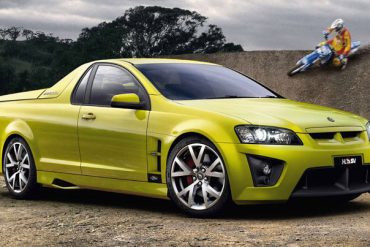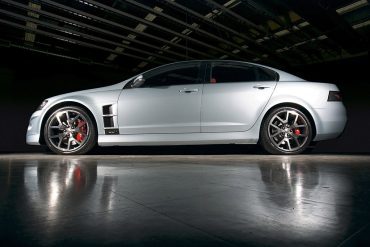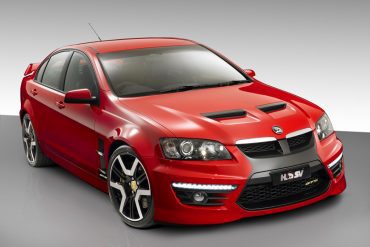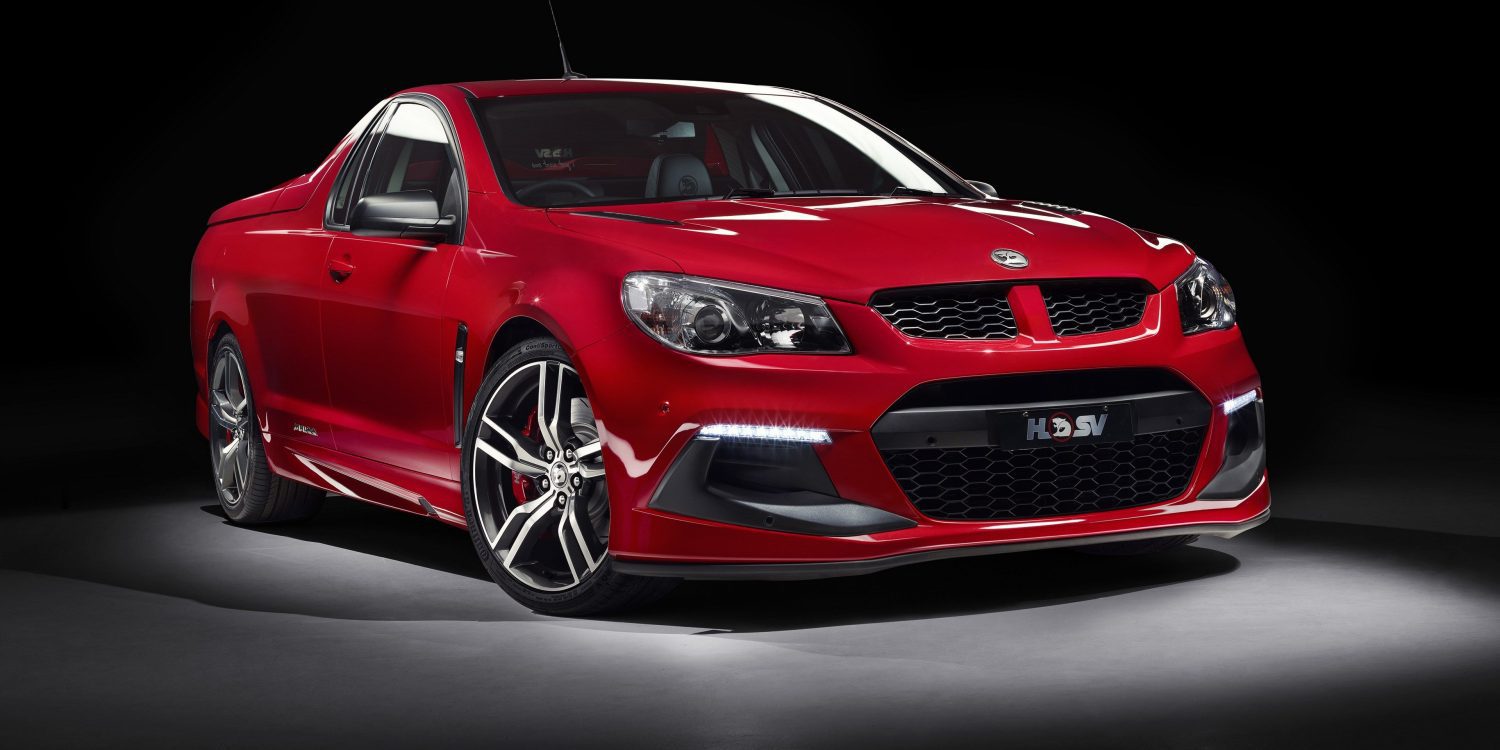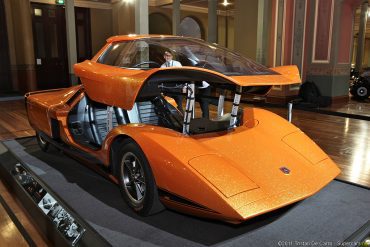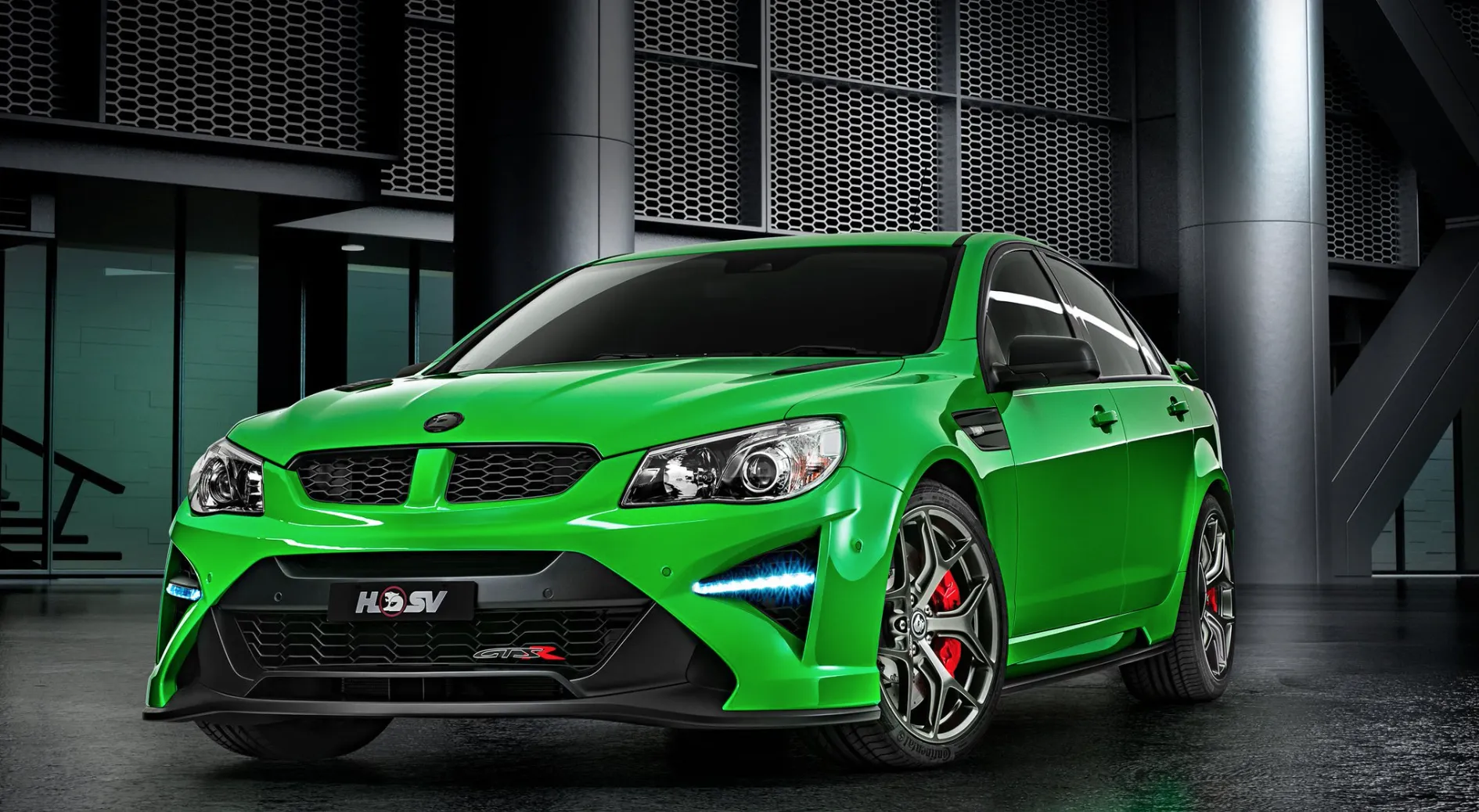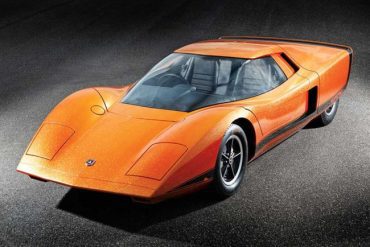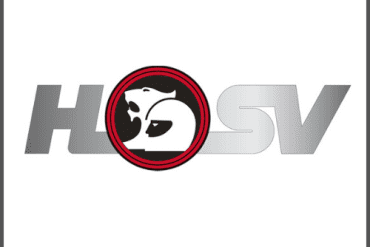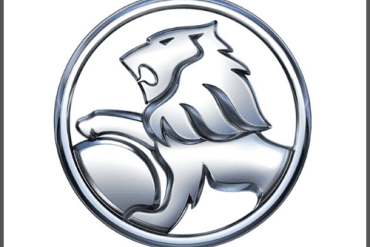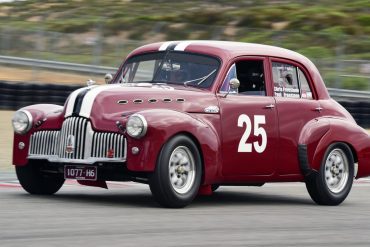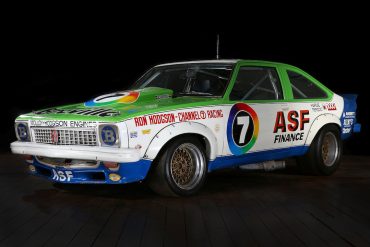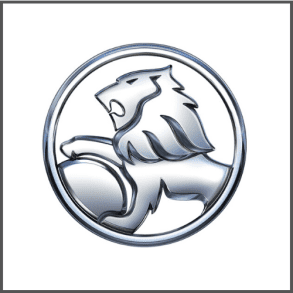
Holden & HSV
Research, History, Reviews, Media & More
Holden: The Iconic Australian Car Brand
The Founding and Early Years
Holden, an iconic name in Australian automotive history, traces its origins back to 1856. The company was founded by James Alexander Holden, who initially established a saddlery business in Adelaide, South Australia. Born in 1835, Holden emigrated from England to Australia, bringing with him a passion for craftsmanship and innovation. Over time, the company evolved from producing horse saddles to car upholstery and, eventually, full-scale automobile manufacturing.
Transition to Automobiles
In 1908, Holden partnered with Frost & Sons, a local carriage builder, to create Holden & Frost. This partnership marked the beginning of Holden's journey into the automotive industry. By the 1920s, Holden had become the sole supplier of car bodies for General Motors (GM) in Australia. This relationship deepened in 1931 when GM acquired the company, renaming it General Motors-Holden (GM-H). This acquisition set the stage for Holden's emergence as a leading car manufacturer in Australia.
Iconic Holden Cars
Holden 48-215 (FX) (1948-1953)
The Holden 48-215, commonly known as the FX, was the first mass-produced car in Australia, launched in 1948. This groundbreaking model was celebrated for its durability, simplicity, and suitability for Australian conditions. It featured a 2.15-liter six-cylinder engine, providing reliable performance for everyday use. The FX quickly became a symbol of Australian ingenuity and independence, marking the beginning of Holden's legacy in the automotive industry.
Holden FJ (1953-1956)
Building on the success of the FX, the Holden FJ was introduced in 1953. It offered several improvements, including better styling, enhanced comfort, and additional features. The FJ's distinctive design and robust performance made it immensely popular among Australians. Its reputation for reliability and versatility cemented Holden's position as a trusted car manufacturer.
Holden Kingswood (1968-1980)
The Holden Kingswood, part of the larger Holden HK series, was introduced in 1968. It became one of the most beloved family cars in Australia, known for its spacious interior, smooth ride, and powerful engine options. The Kingswood was available in various body styles, including sedans, wagons, and utes, catering to diverse customer needs. Its long production run and widespread popularity made it an enduring icon of Australian motoring.
Holden Monaro (1968-1977, 2001-2006)
The Holden Monaro, first introduced in 1968, was a high-performance coupe that captured the hearts of car enthusiasts. Known for its sleek design and powerful V8 engines, the Monaro became a symbol of Australian muscle cars. The model was revived in 2001, featuring modern engineering and design while retaining its classic appeal. The Monaro's combination of performance, style, and heritage has made it a legendary name in Holden's lineup.
Holden Commodore (1978-2020)
The Holden Commodore, introduced in 1978, became one of the most successful and enduring models in Holden's history. Known for its balance of performance, comfort, and affordability, the Commodore was a favorite among Australian drivers. It was available in various configurations, from family sedans to high-performance variants like the Commodore SS and HSV Commodore. The Commodore's dominance in the Australian market lasted for over four decades, making it a cornerstone of Holden's legacy.
Performance and Innovation
Holden has always been synonymous with performance and innovation. The brand's dedication to engineering excellence is evident in its lineup of high-performance vehicles, particularly those featuring powerful V8 engines. Holden's commitment to motorsports, especially its participation in the Australian V8 Supercars Championship, has further solidified its reputation for producing thrilling and capable vehicles.
Challenges and Legacy
Despite its successes, Holden faced significant challenges in the 21st century, including increased competition and changing market dynamics. In 2017, General Motors announced the end of local manufacturing in Australia, and in 2020, Holden ceased operations altogether. While the brand no longer produces new vehicles, its legacy lives on through the thousands of Holdens still on the road and the passionate community of enthusiasts and collectors.
Holden's rich history is a testament to its impact on Australian automotive culture. From its early days as a saddlery business to its evolution into a beloved car manufacturer, Holden has left an indelible mark on the industry. Iconic models like the 48-215, FJ, Kingswood, Monaro, and Commodore represent the brand's commitment to innovation, performance, and reliability. Although Holden has ceased production, its legacy continues to be celebrated by car enthusiasts and the Australian public, ensuring that the Holden name will always be synonymous with Australian motoring excellence.
Holden Basics
Trade name: Holden
Company type: Subsidiary
Founded: 1856
Founders: James Alexander Holden,
Sir Edward Holden
Defunct: 31 December 2020
Fate: Holden marque phased out; replaced by GM Specialty Vehicles
Successor: GMSV
Area served: Australia & New Zealand
Parent: General Motors
Divisions: Holden Special Vehicles
Did You Know
The Holden 48-215, also known as the FX, was the first mass-produced car in Australia, launched in 1948. It was a symbol of post-war Australian ingenuity and manufacturing capability.
Holden is credited with popularizing the "ute" (utility vehicle) in Australia. The Holden Ute, a combination of a passenger car and a pickup truck, became an iconic vehicle type in the country.
The Holden Commodore, introduced in 1978, became one of the longest-running and most popular models in Australian automotive history, remaining in production until 2020.
The Holden Monaro, first launched in 1968, is one of Australia's most famous muscle cars. It gained international fame when it was revived in the early 2000s and exported to the U.S. as the Pontiac GTO.
Holden was a major employer in Australia, with its manufacturing plants providing jobs for thousands of Australians. The company produced a wide range of vehicles, from family sedans to commercial trucks. Holden not only served the Australian market but also exported vehicles to various countries, including the U.S., where models like the Monaro (Pontiac GTO) and Commodore (Chevrolet SS) found success.
In 2017, Holden ended local manufacturing in Australia, and in 2020, General Motors announced the retirement of the Holden brand. This marked the end of an era for Australian automotive manufacturing, but the legacy of Holden lives on through its iconic vehicles and passionate fan base.


